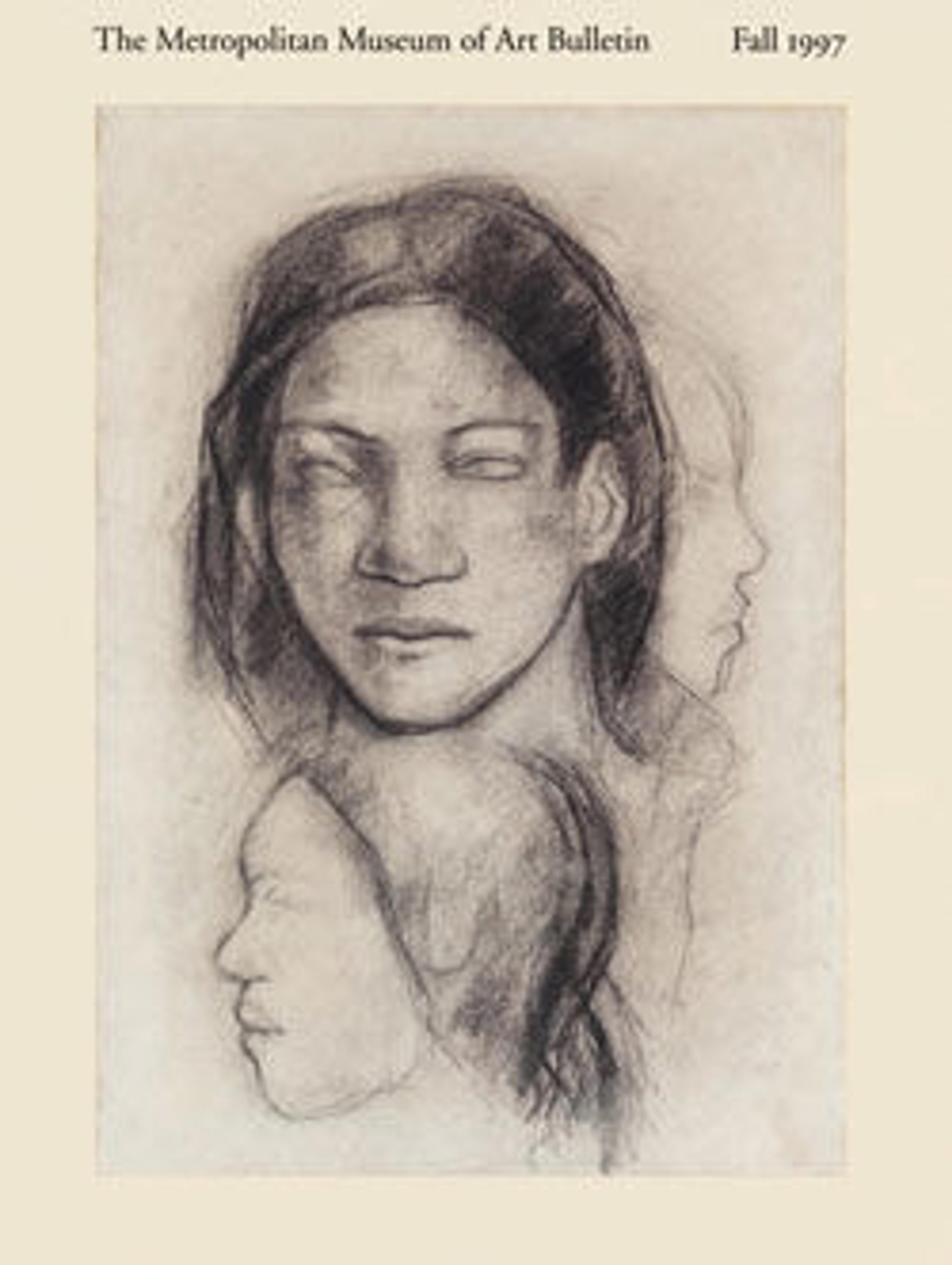Male god
The god's elegant features are carved in a style belonging to the reign of the pharaoh Amenhotep III (see 56.138). In his massive fist the god holds a was-scepter, signifying dominion, and in his missing right hand he would have held the ankh hieroglyph, meaning life.
Though attributes or an inscription that would identify this god are missing, the statue was almost certainly one of the series of divine statues erected by Amenhotep III in his vast mortuary temple in western Thebes. These represented the congregation of the Egyptian gods in attendance at the king's 30 year festival, or heb-sed. The site of this temple is identified by the colossi of Memnon, two monumental seated statues representing the king which stood in front of the entrance pylon of the temple.
Amenhotep III celebrated three Heb-sed’s and constructed a palace city for this purpose at the site of Malqata, a mile or so south of his mortuary temple. This site was excavated by the Museum’s Egyptian Expedition in the early twentieth century, and objects from these excavations are on view in galleries 119 and 121.
Though attributes or an inscription that would identify this god are missing, the statue was almost certainly one of the series of divine statues erected by Amenhotep III in his vast mortuary temple in western Thebes. These represented the congregation of the Egyptian gods in attendance at the king's 30 year festival, or heb-sed. The site of this temple is identified by the colossi of Memnon, two monumental seated statues representing the king which stood in front of the entrance pylon of the temple.
Amenhotep III celebrated three Heb-sed’s and constructed a palace city for this purpose at the site of Malqata, a mile or so south of his mortuary temple. This site was excavated by the Museum’s Egyptian Expedition in the early twentieth century, and objects from these excavations are on view in galleries 119 and 121.
Artwork Details
- Title:Male god
- Period:New Kingdom
- Dynasty:Dynasty 18
- Reign:reign of Amenhotep III
- Date:ca. 1390–1352 B.C.
- Geography:From Egypt
- Medium:Granodiorite
- Dimensions:Height: 91.8 cm (36 1/8 in.)
- Credit Line:Rogers Fund, 1919 (19.2.15); Fletcher Fund, 1996 (1996.362)
- Object Number:19.2.15
- Curatorial Department: Egyptian Art
More Artwork
Research Resources
The Met provides unparalleled resources for research and welcomes an international community of students and scholars. The Met's Open Access API is where creators and researchers can connect to the The Met collection. Open Access data and public domain images are available for unrestricted commercial and noncommercial use without permission or fee.
To request images under copyright and other restrictions, please use this Image Request form.
Feedback
We continue to research and examine historical and cultural context for objects in The Met collection. If you have comments or questions about this object record, please contact us using the form below. The Museum looks forward to receiving your comments.
